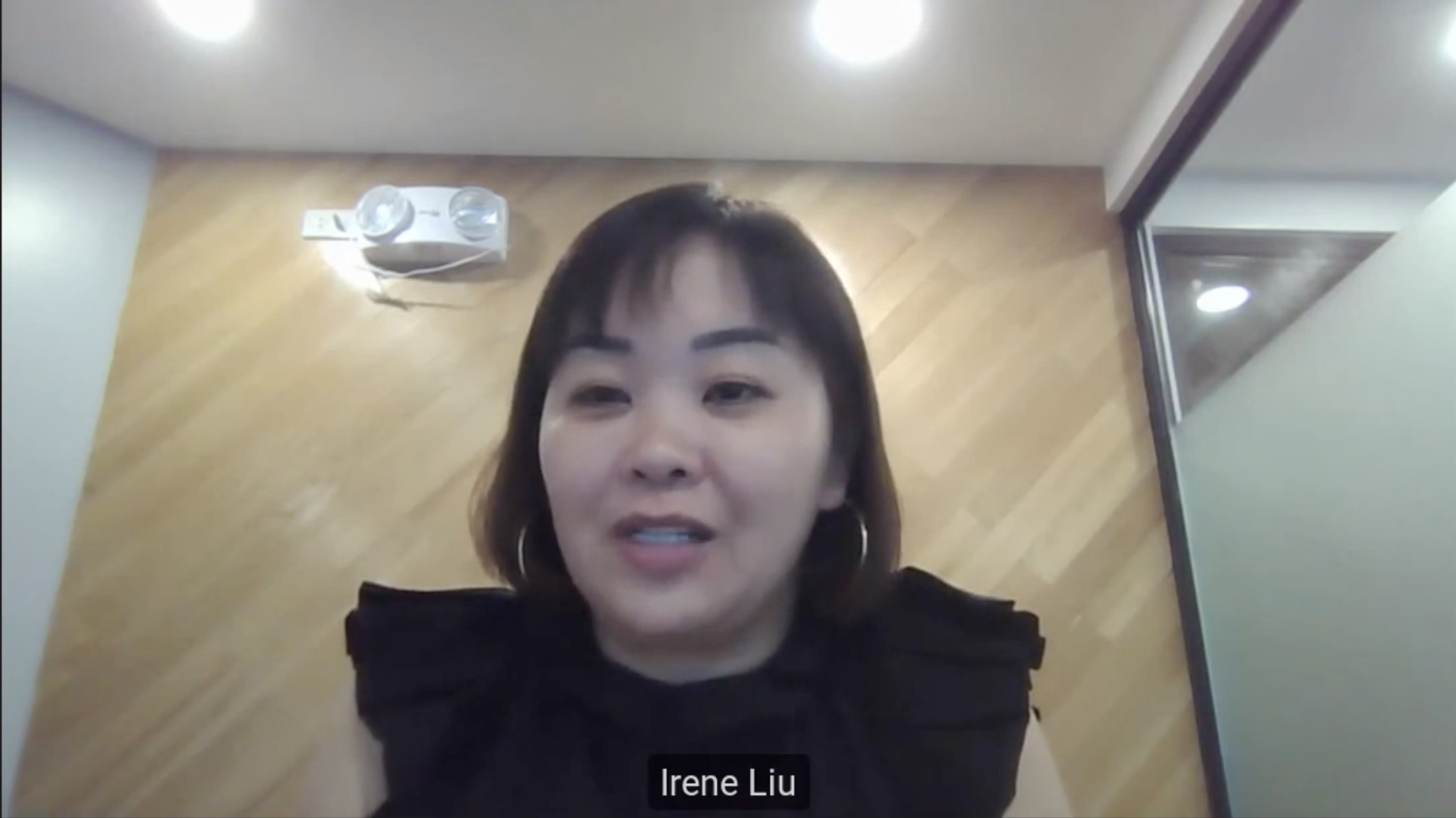
Banks in APAC Are Increasingly Turning to Regtech to Tackle Compliance Challenges
by Fintech News Singapore May 27, 2022
In Asia-Pacific (APAC), an increasingly complex regulatory environment, changing customer behaviors and the shift to digital channels brought about COVID-19 have introduced new regulatory challenges to banks, forcing the industry to embrace technology to find more efficient ways to comply.
During a recent panel discussion hosted by Fintech News Malaysia chief editor Vincent Fong, C-level compliance executives representing UnionDigital Bank, the digital bank unit of the Philippines’ UnionBank; Mox Bank, one of the Hong Kong’s eight virtual banks; and Wolters Kluwer, a Dutch information services firm, discussed APAC’s changing regulatory environment, highlighting the main drivers pushing banks to innovate and the tools that are being deployed to further operational efficiency in the regulatory reporting process.
COVID-19 has fundamentally changed the way people work and engage with others, bringing the adoption of new technologies at the forefront. This has prompted regulators to introduce new guidelines to address the challenges brought about the accelerated adoption of digital technologies.
“Three years back, before the pandemic, we didn’t think cloud adoption in the financial industry would be this rapid,” said Subbaiyan Vaithinathan, Director, Regulatory Reporting – APAC, Wolters Kluwer. “[During] COVID-19, cloud and software-as-a-service (SaaS) adoption happened so quickly that everything became fast-track by three to five years.”

Subbaiyan Vaithinathan
For Sim Suen, Lead, Regulatory Compliance, Mox Bank, regulators are trying to find a balance between customer protection, and fostering innovation. On one hand, this rapid regulatory response has allowed banks to swiftly deploy digital solutions such as remote onboarding, but on the other, it also has extended to the list of rules banks must obey by, increasing their compliance load.
“The reporting requirement goes along with industry evolvements, and one of the major themes is the increase in usage of Internet banking, and it involves banking services, data, and so on,” Sim said.
“There’s a lot of new tools and new regulation to allow us to onboard customer remotely, do know-your-customer (KYC) checks remotely, and … the monitoring. […] The credit approval process has also seen new processes emerging, and because the risk assessment is changing, the regulator are seeing an increase in technology risks, the use of cloud, and also the operational risk.”
“Because of these changes and [evolving] customer behaviors, the inherent risks of running a bank changes as well. […] In that new environment, a lot of reporting needs to be provided to make sure that we are doing the right things and doing it safely.”

Sim Suen
How banks are using technology in regulatory compliance
The pace of change, coupled with the increase in the complexity of regulatory reporting requirements, mean that banks are facing more and more pressure on their resources and budgets. This problem is further amplified for financial institutions spanning multiple regulatory jurisdictions.
To address this, financial institutions have started embracing technologies including natural language processing (NLP), robotic process automation (RPA) and artificial intelligence (AI), applying these to an array of use cases ranging from KYC and document search, to compliance tasks automation and monitoring.
The goals here are to fill compliance gaps, reduce costs, get ahead of requirements, and detect risk before the regulators do.
“You can use RPA to improve the workflow to make the process more efficient and the quality,” explained Irene Liu, Chief Governance and Reporting Officer, UnionDigital Bank.
“In the backend, there has been an increase in the use of AI … [in] web screening tools to discover new developments coming out before them being announced, as well as technology tools to look at taxonomy for reporting. And once the report has been generated, you also want to look at how you can extract insights. AI and NLP can be used to describe the differences between what you see today, compared to what you saw in the past.”

Irene Liu
But this journey towards greater efficiency starts with having the right data infrastructure in place, the speakers said. However, most banking and financial services organizations still lag behind in data modernization, a delay partly due to risk and finance functions historically relying heavily on people and manual processes to address compliance, an overarching culture that’s reluctant to changes, and legacy limitations.
“When you migrate to new systems, the whole process of migration can be painful. But the counterfactor is to see the outcome and envision what can benefit you,” Sim said.
“But sometimes, the migration process can be really long. That can be a major pain point in modernizing legacy systems and [changing] old ways of doing things.”
Irene, meanwhile, highlighted the “culture on the ground” and “the resistance to change” as one of the biggest challenges for organizations undergoing digital transformation.
“How do you encourage the old generations to onboard to new systems? There’s a lot of suspicious, doubt, reluctance to [embrace] these changes,” Irene said. “People management is also super important because [employees] are fearful of what could happen to their job.”
Towards granular data reporting
But the urgency of data modernization has now reached a new level as regulators across APAC are looking at granular reporting and near real-time data collection.
Granular data breaks data down into the finest, most detailed level that is practical to use. For regulators, this means greater speed and availability, improved surveillance, and flexibility to re-use data to produce different insights.
For financial institutions, benefits include a reduction in duplication in data collection and a reduction in ad-hoc reporting burden, more accurate reporting, and improved capability of real-time analysis and monitoring.
“Granular reporting is gaining a lot of traction,” Subbaiyan said.
“Australia has published a compliance data collection roadmap where they will collect semi aggregated and granular data; similarly, we have a huge transmission program running in Thailand for regulatory data transmission; China is ahead of this and already has granular reporting going in for the last couple of years; and In Hong Kong, pilot is already in advance stage for granular data repository (GDR).”







